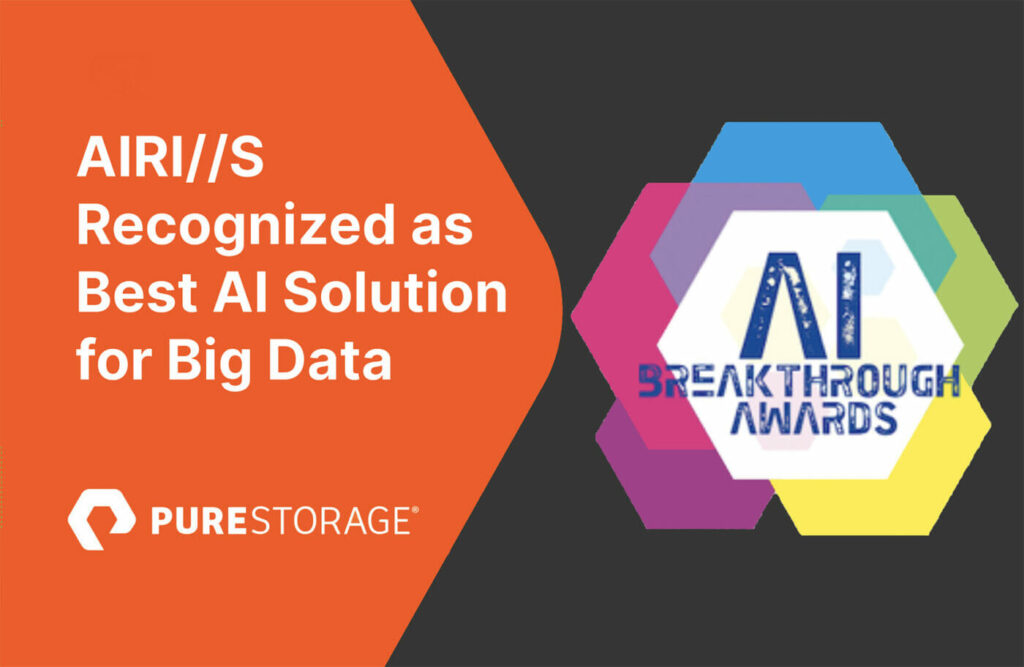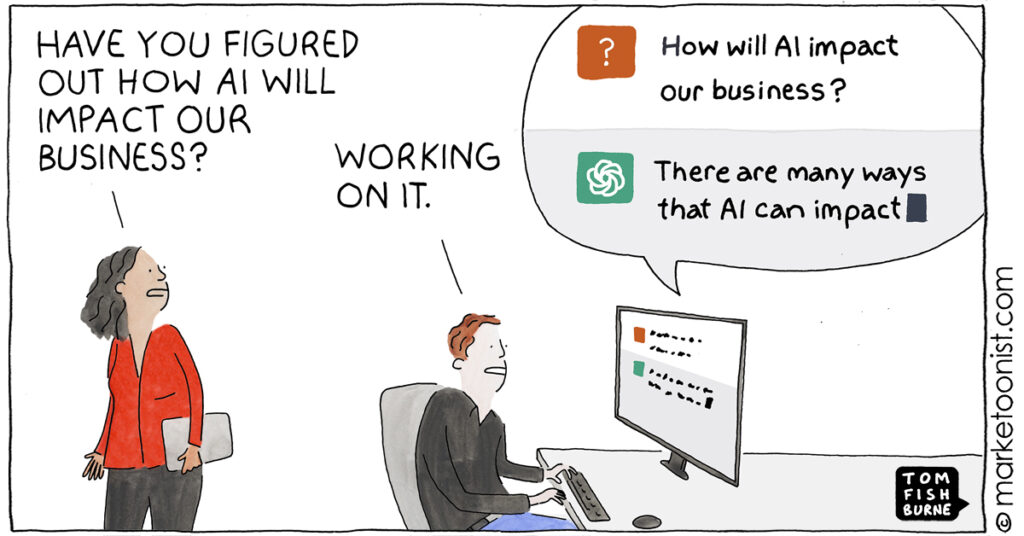Artificial intelligence (AI) is top of mind for executives, business leaders, investors, and most workplace employees everywhere. The impacts are expected to be large, deep, and wide across the enterprise, to have both short-term and long-term effects, to have significant potential to be a force both for good and for bad, and to be a continuing concern for all conscientious workers. In confronting these winds of change, enterprise leaders are faced with many new questions, decisions, and requirements – including the big question: are these winds of change helping us to move our organization forward (tailwinds) or are they sources of friction in our organization (headwinds)?
The current AI atmosphere in enterprises reminds us of the internet’s first big entrance into enterprises nearly three decades ago. I’m not referring to the early days of email and Usenet newsgroups, but the tidal wave of Web and e-Commerce applications that burst onto the business scene in the mid-to-late 1990’s. While those technologies brought much value to the enterprise, they also brought an avalanche of IT security concerns into the C-suite, leading to more authoritative roles for the CIO and the CISO. The fraction of enterprise budgets assigned to these IT functions (especially cybersecurity) suddenly and dramatically increased. That had and continues to have a very big and long-lasting impact.
The Web/e-Commerce tidal wave also brought a lot of hype and FOMO, which ultimately led to the Internet bubble burst (the dot-com crash) in the early 2000’s. AI, particularly the new wave of generative AI applications, has the potential to repeat this story, potentially unleashing a wave of similar patterns in the enterprise. Are we heading for another round of hype / high hopes / exhilaration / FOMO / crash and burn with AI? I hope not.
I would like to believe that a sound, rational, well justified, and strategic introduction of the new AI technologies (including ChatGPT and other generative AI applications) into enterprises can offer a better balance on the fast slopes of technological change (i.e., protecting enterprise leaders from getting out too far over their skis). In our earlier article, we discussed “AI Readiness is Not an Option.” In this article here, we offer some considerations for enterprise AI to add to those strategic conversations. Specifically, we look at considerations from the perspective of the fuel for enterprise AI applications: the algorithms, the data, and the enterprise AI infrastructure. Here is my list:
[continue reading the full article here]




